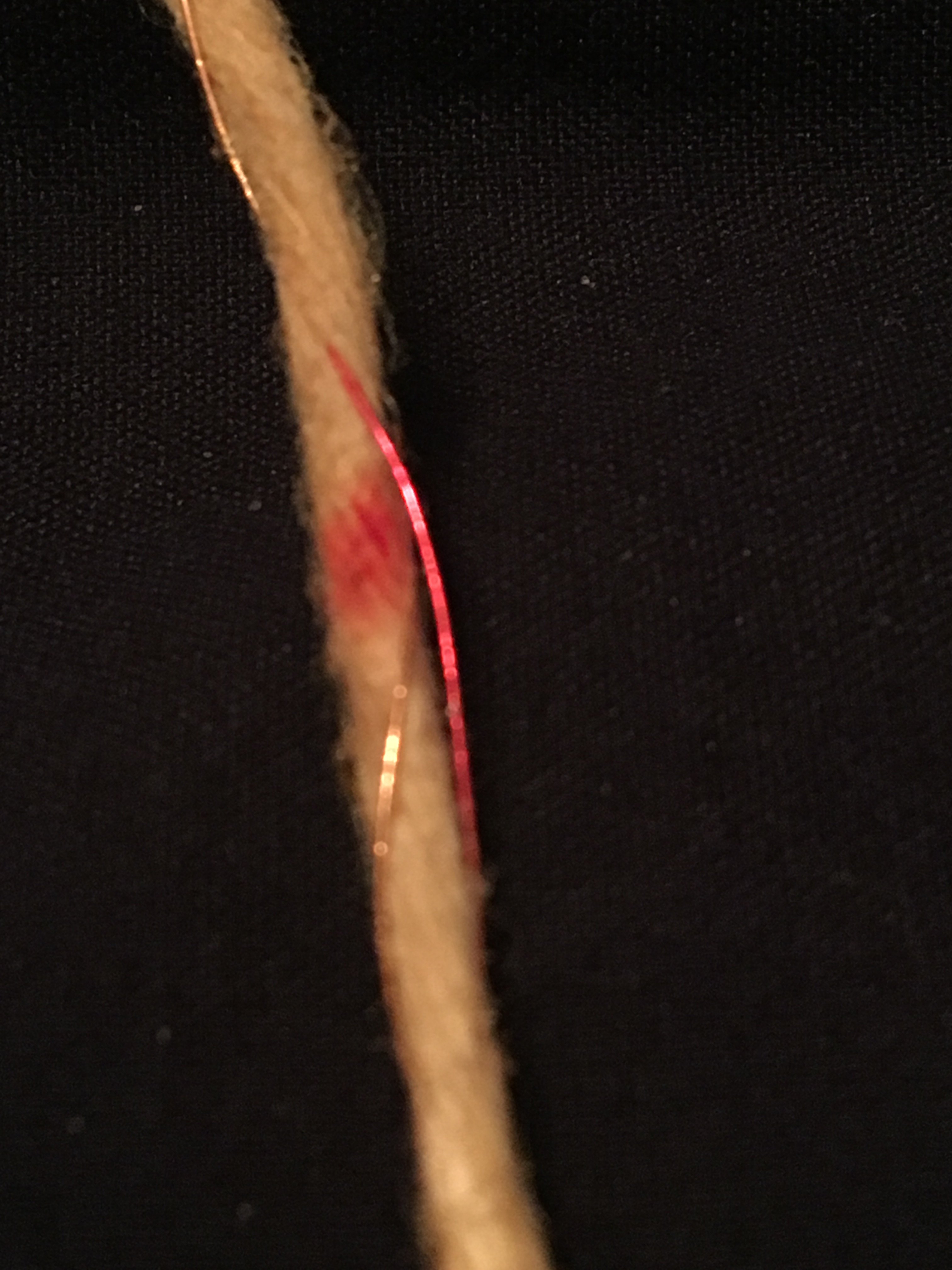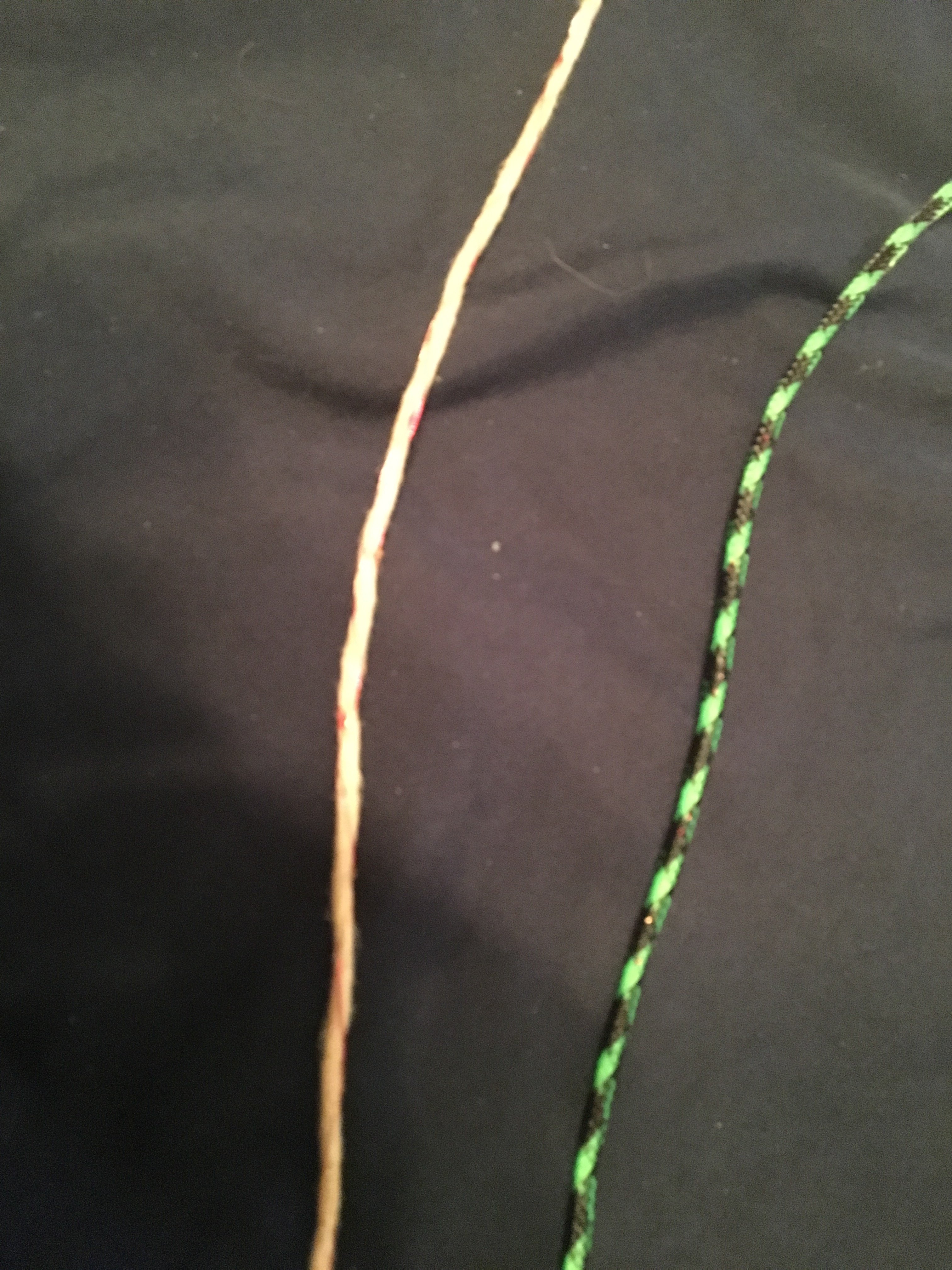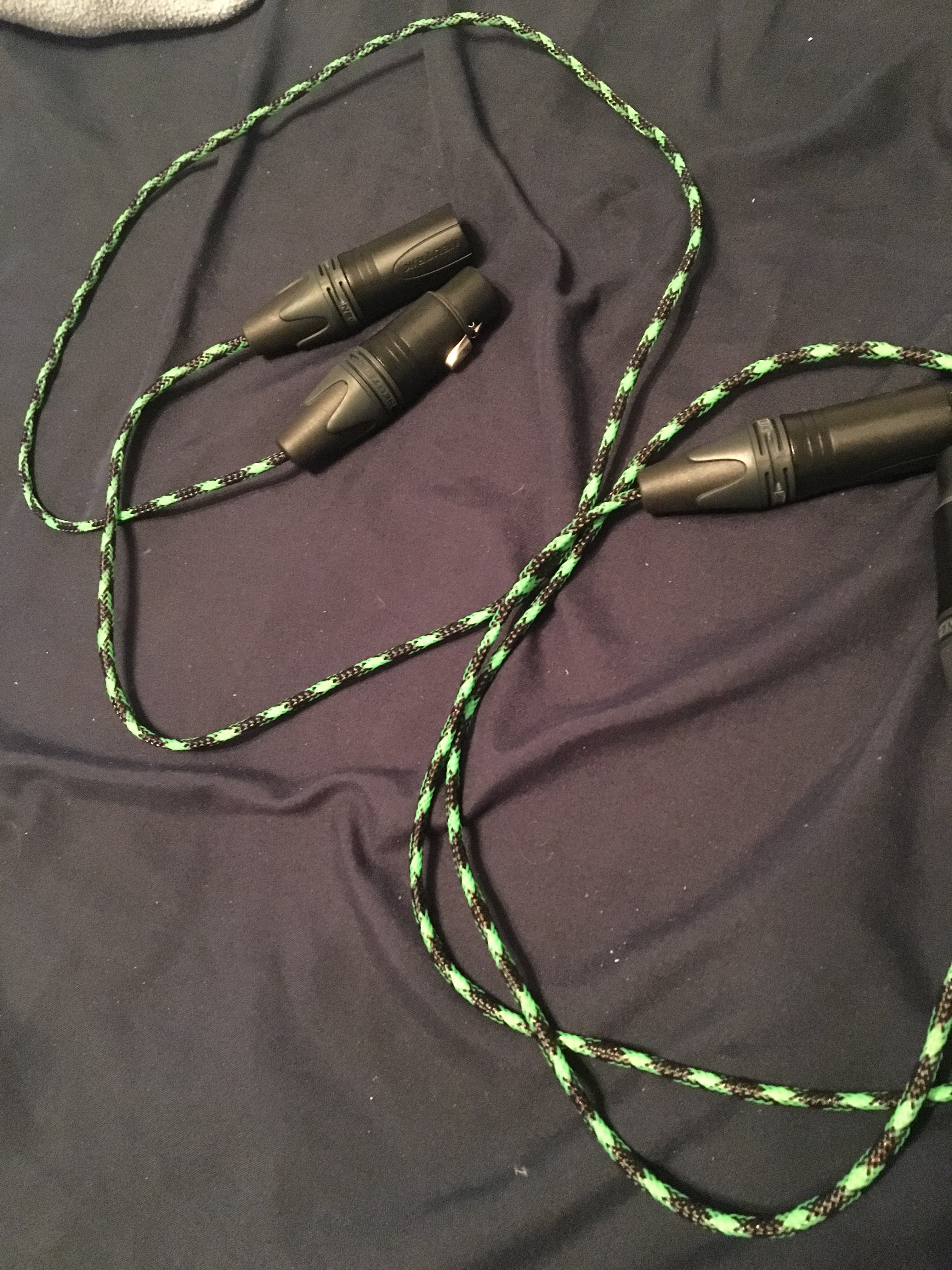nahpungnome
100+ Head-Fier
- Joined
- Dec 18, 2015
- Posts
- 270
- Likes
- 111
Got annoyed using the XLR to 1/4 adapter on my BasX A100 for my HE6se. So I decided to make a XLR to banana plug cable. This was my first time making a whole cable end to end, including the braiding. I used 16 awg OFC speaker wire, so it was quite the pain in the butt to braid and cumbersome to deal with in general as one could imagine, but I wanted a thicker look.































